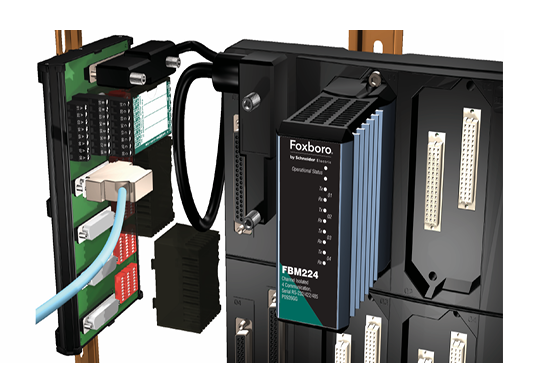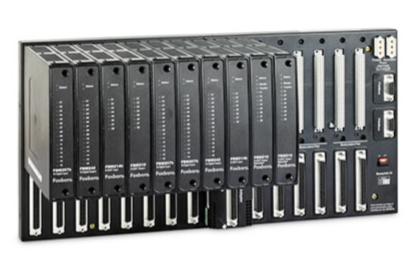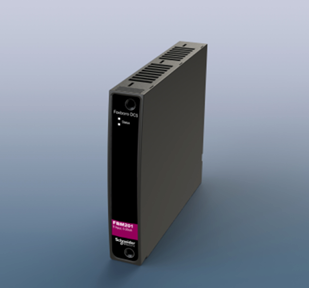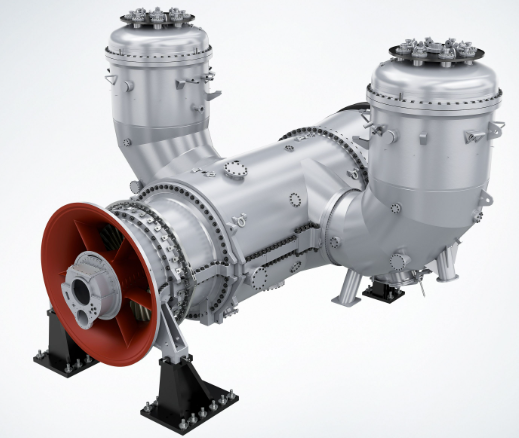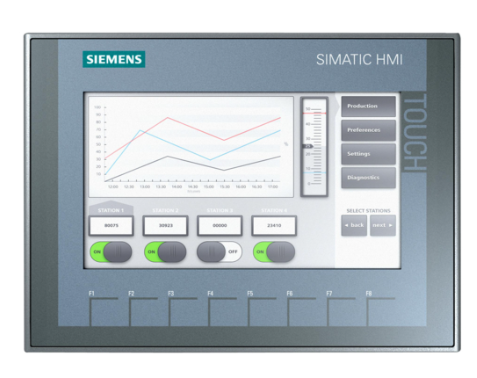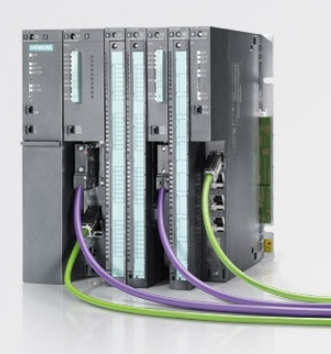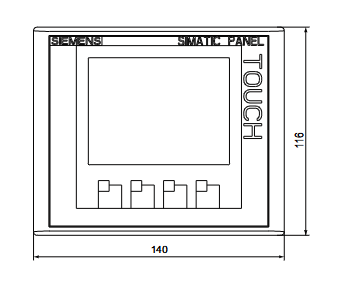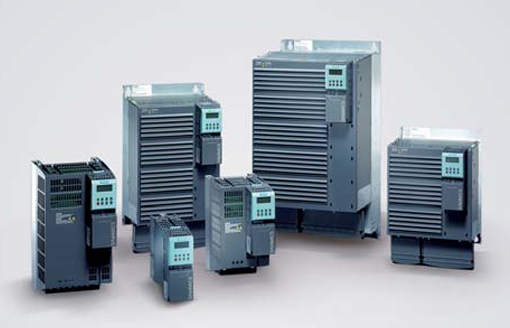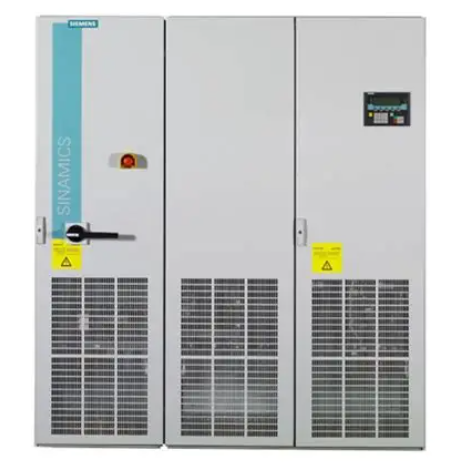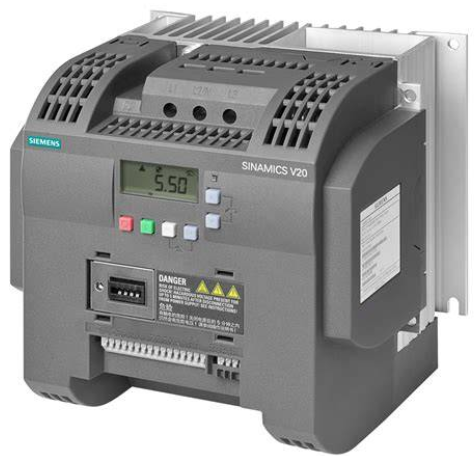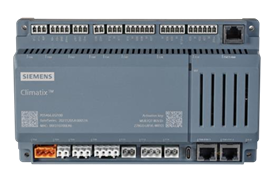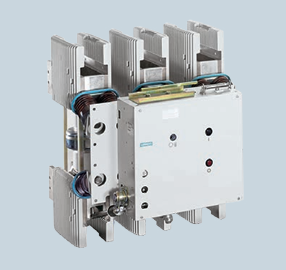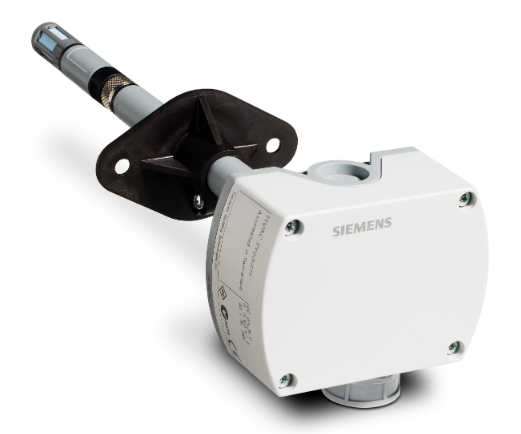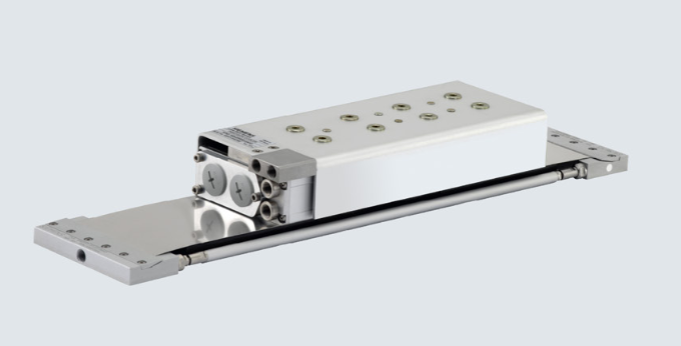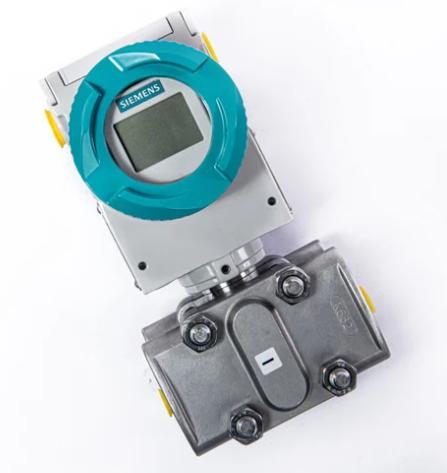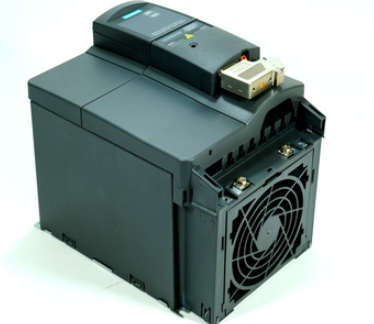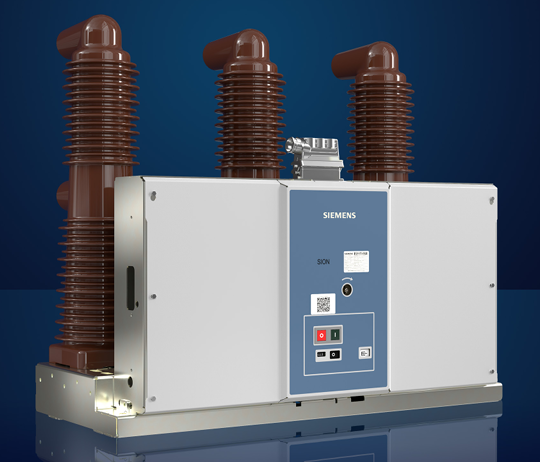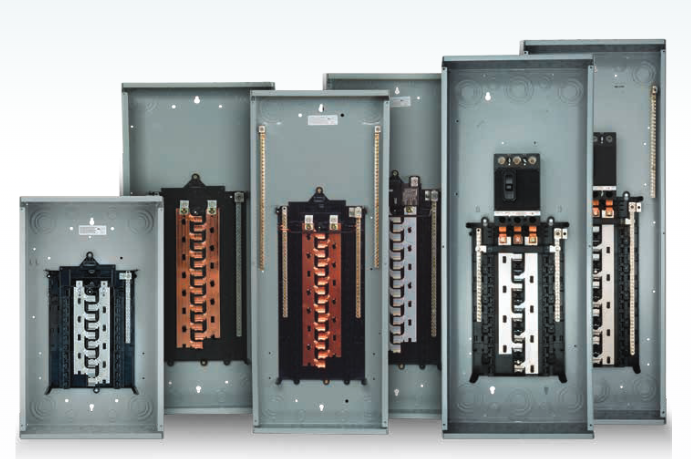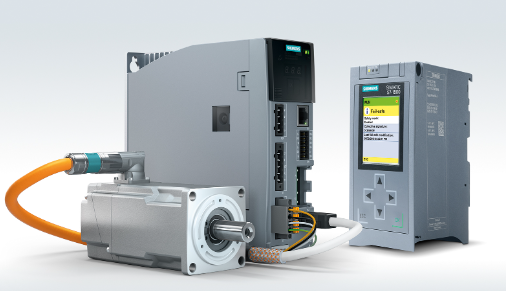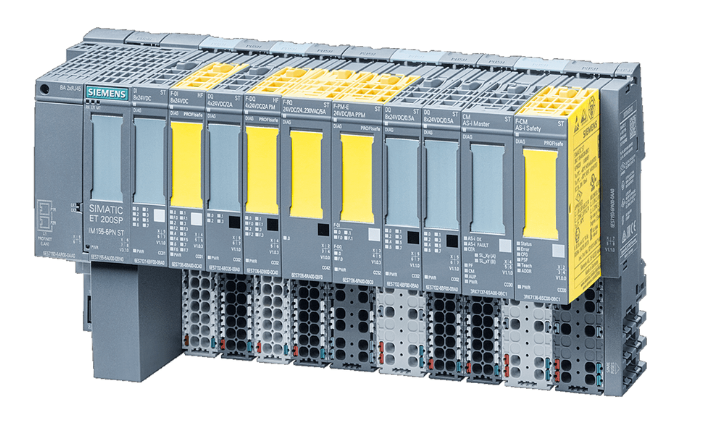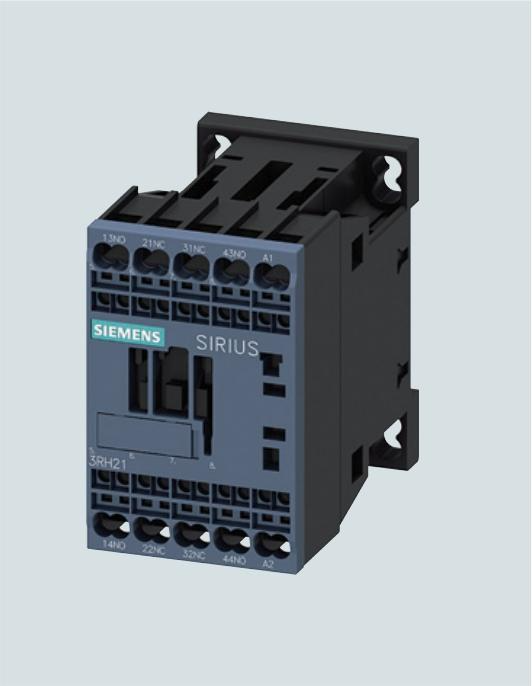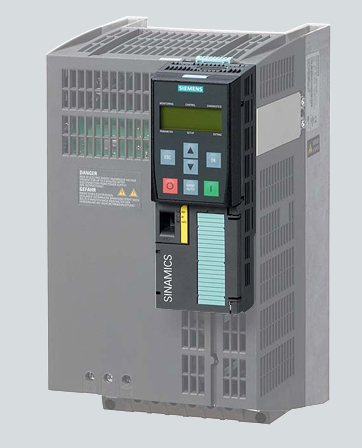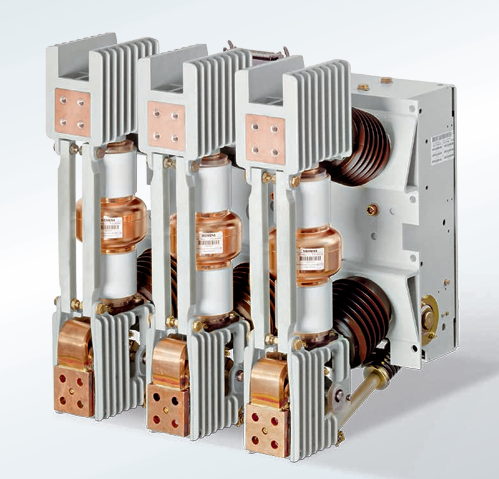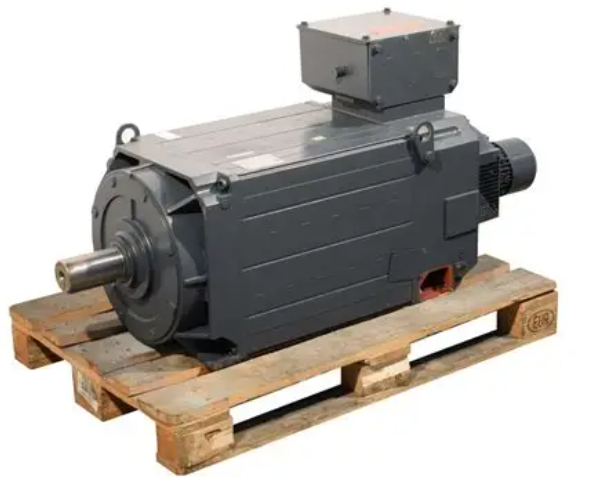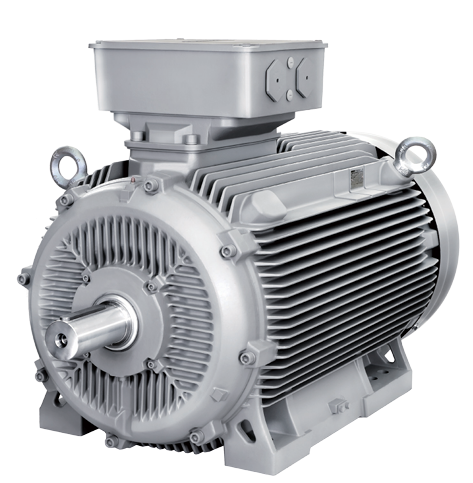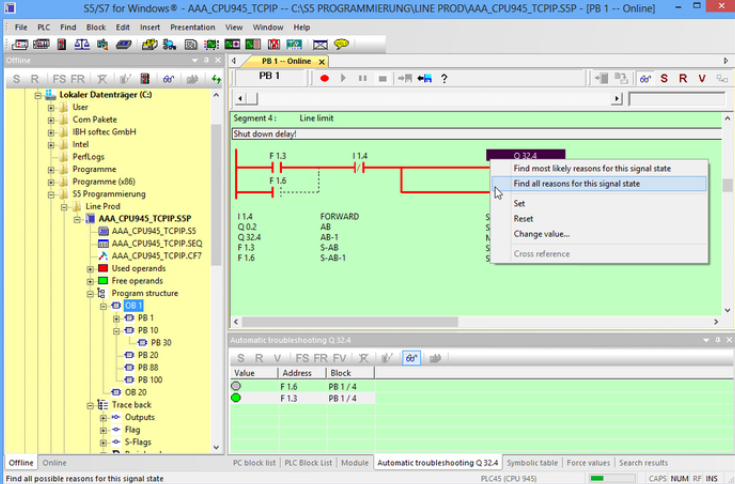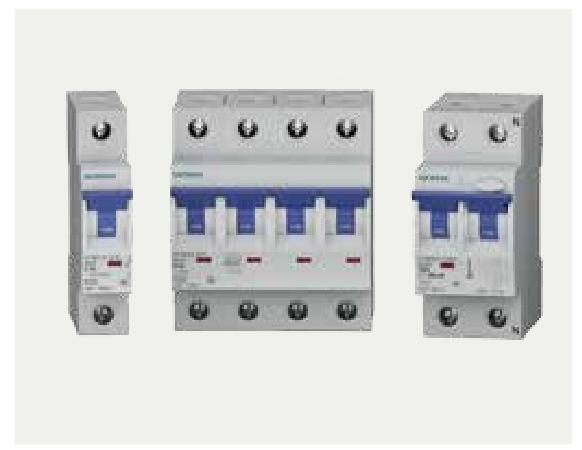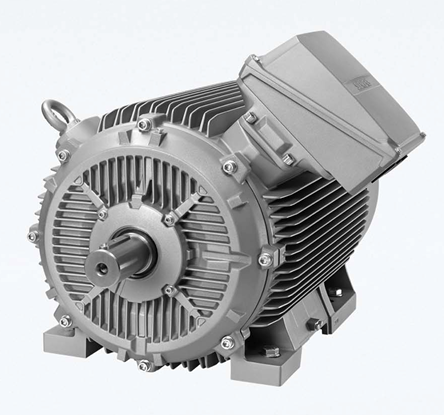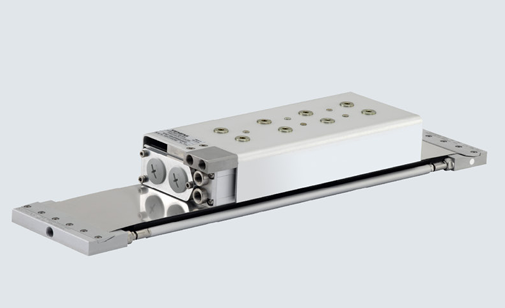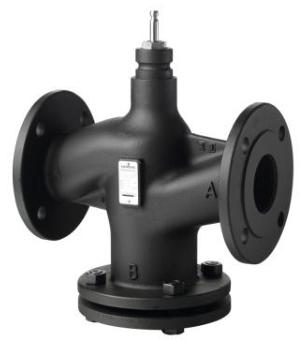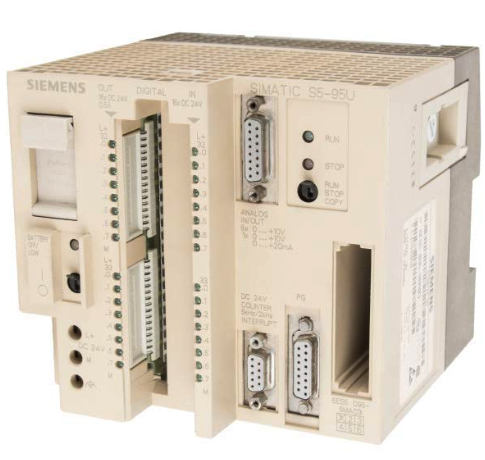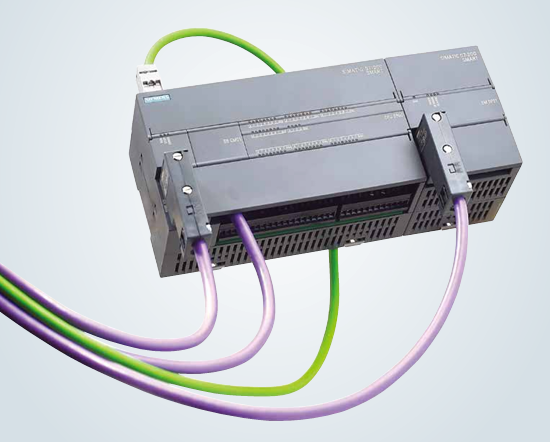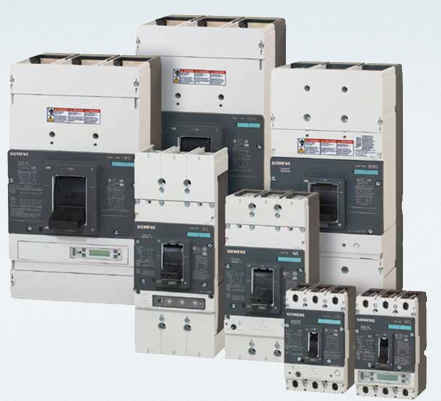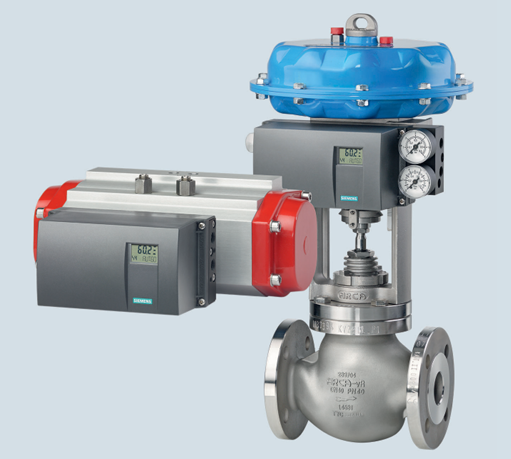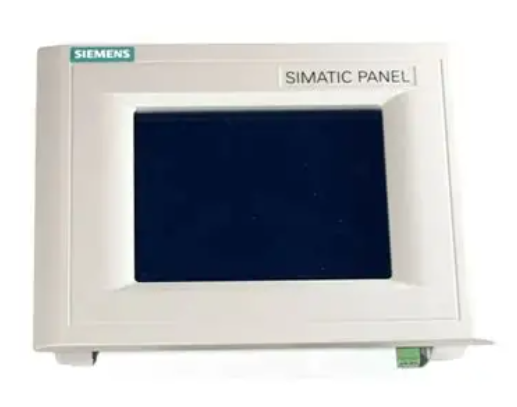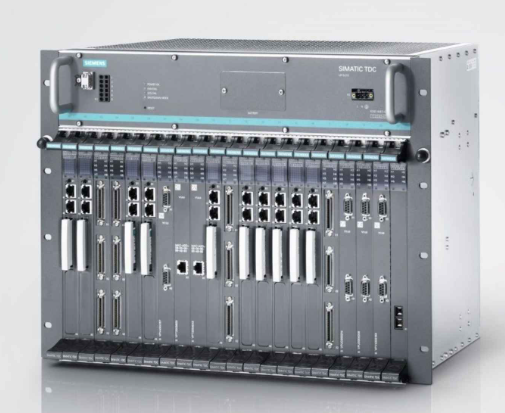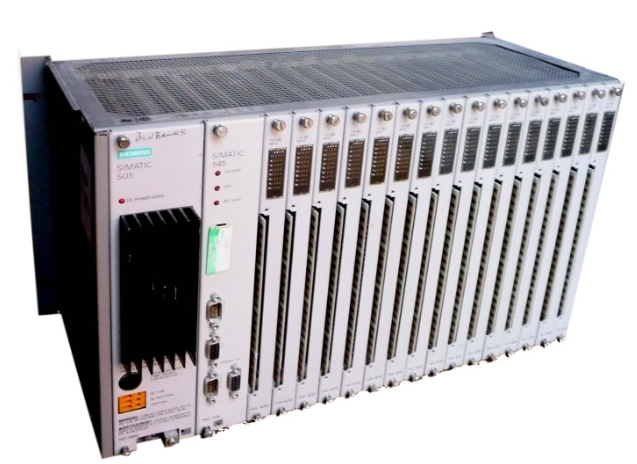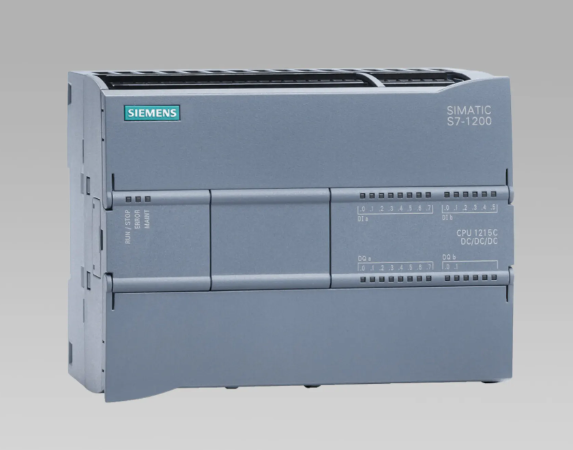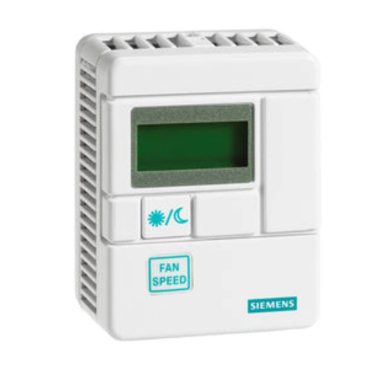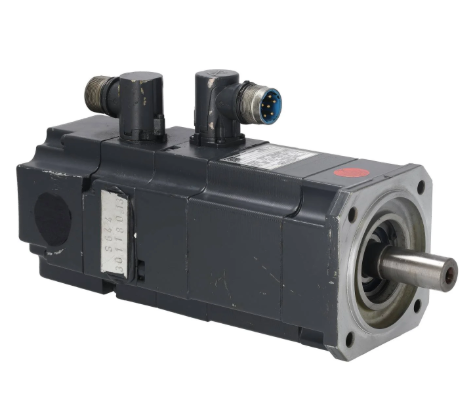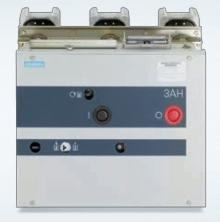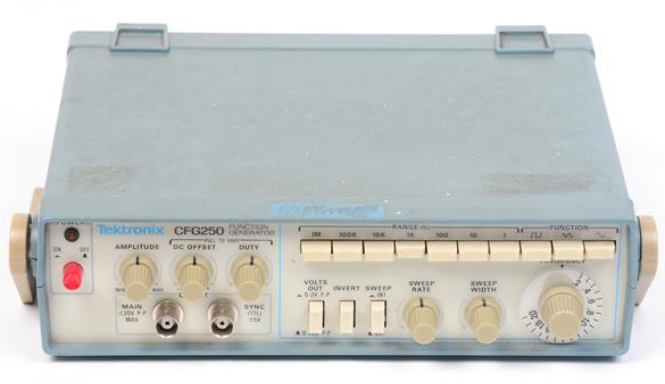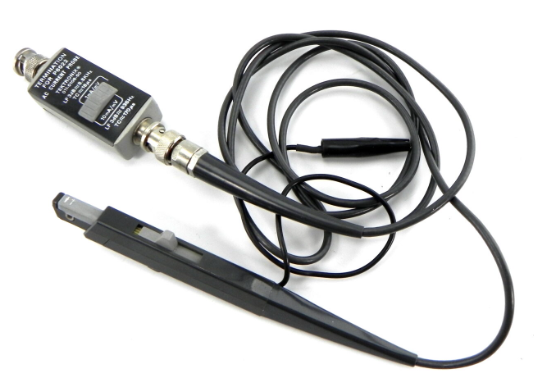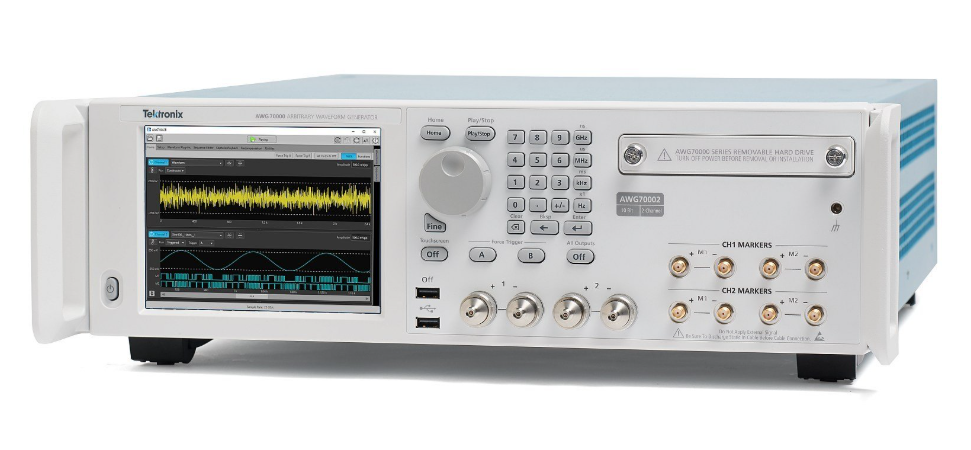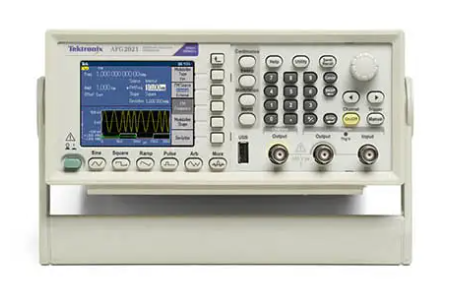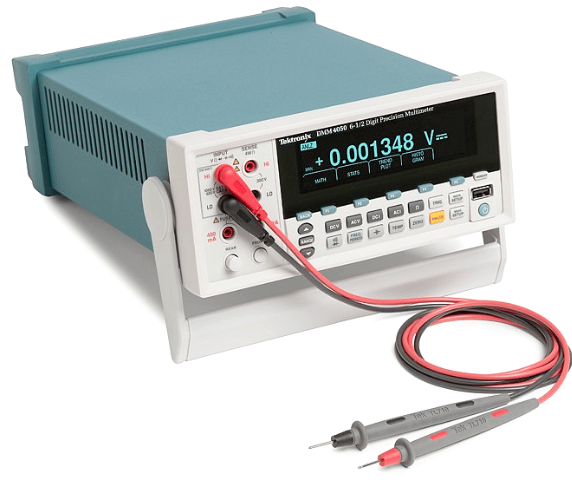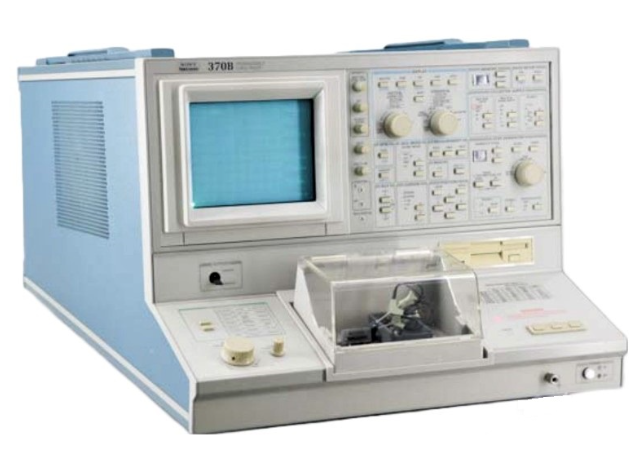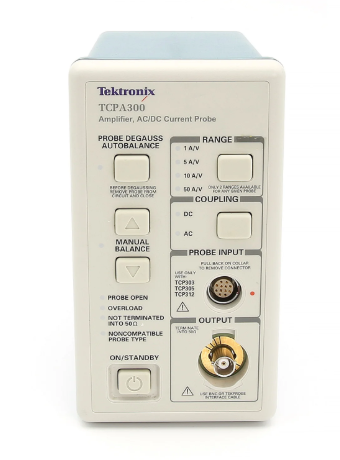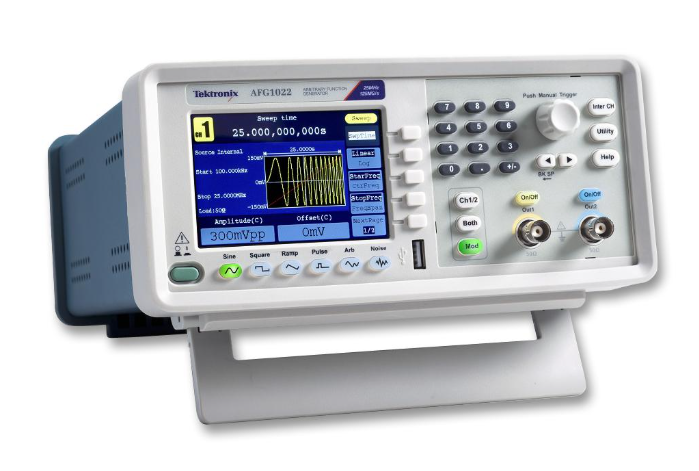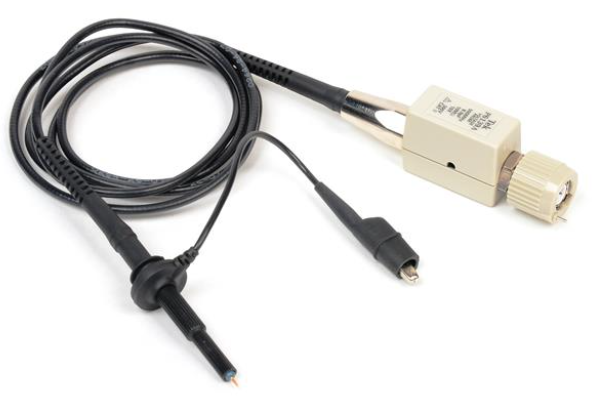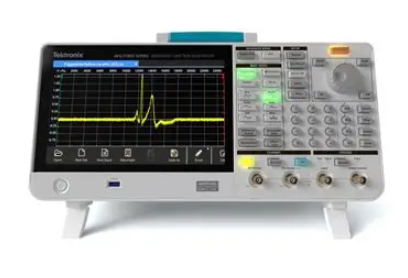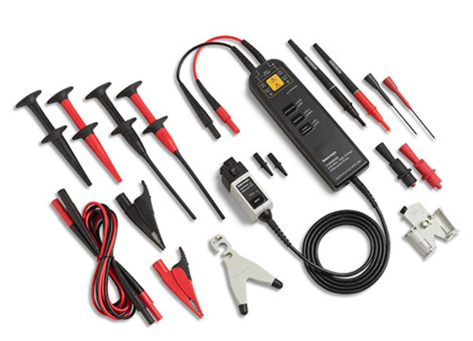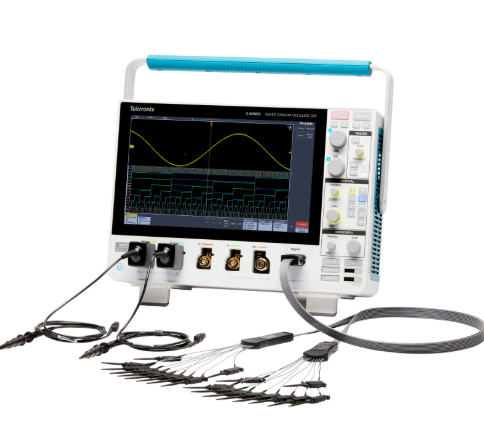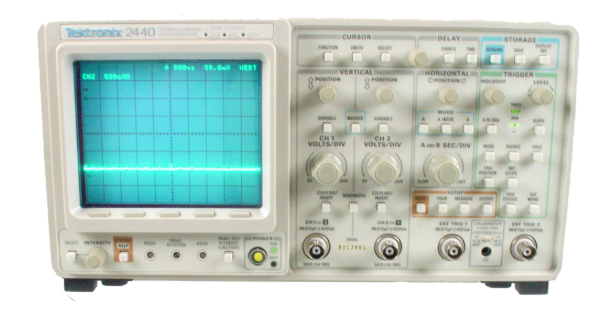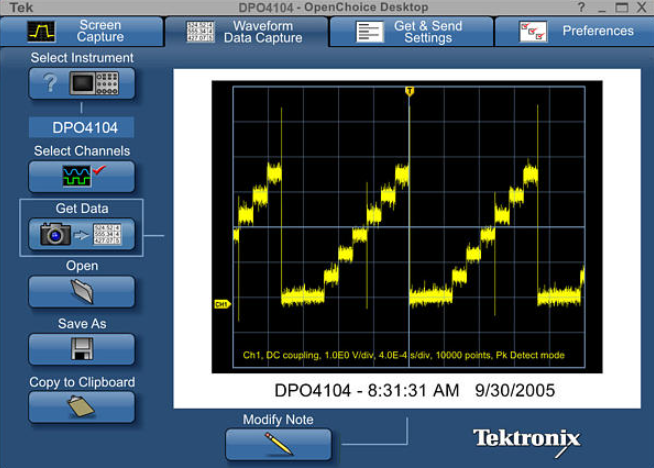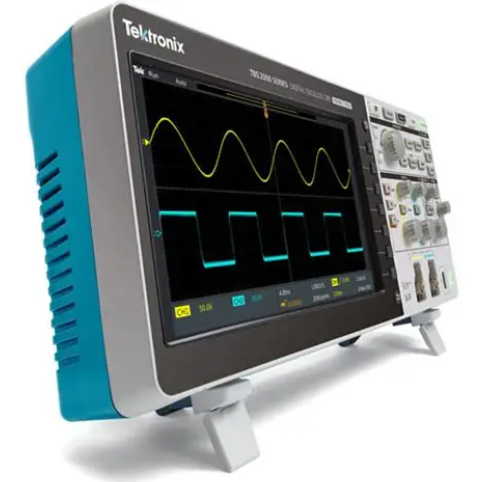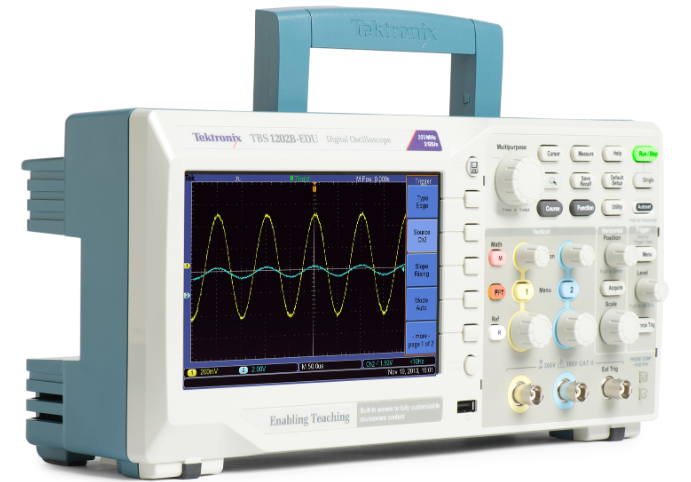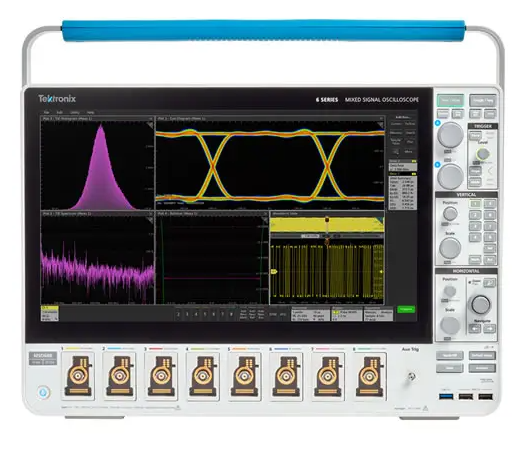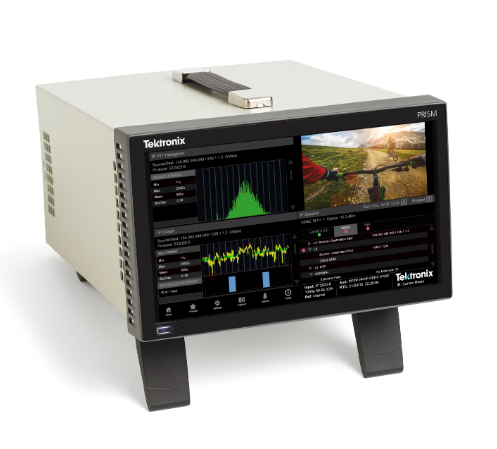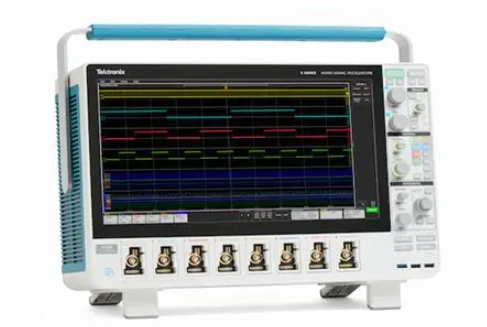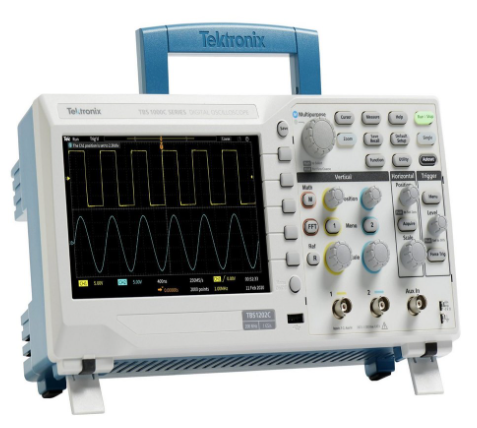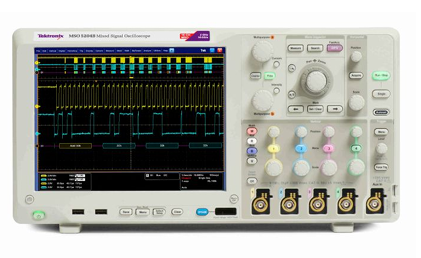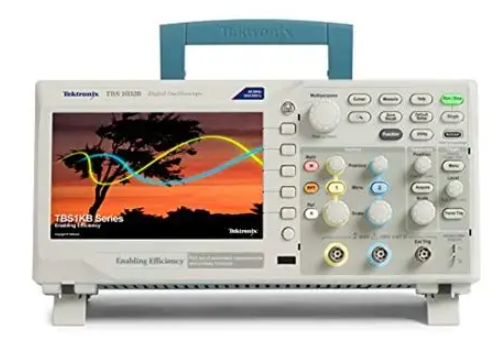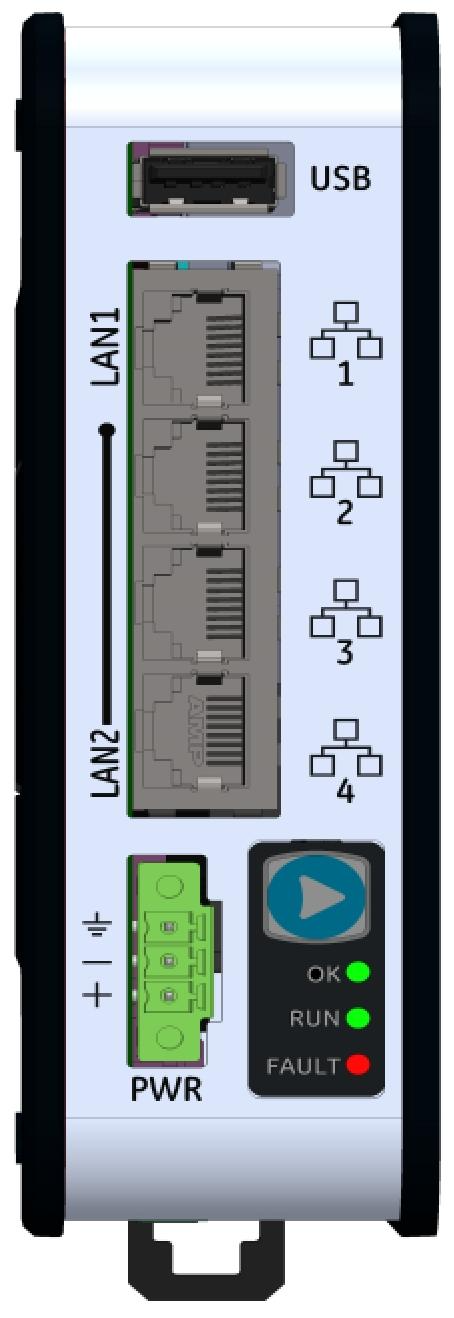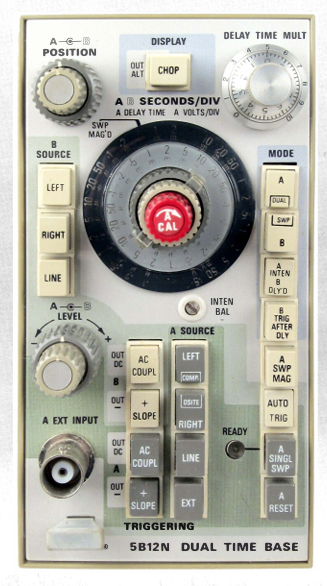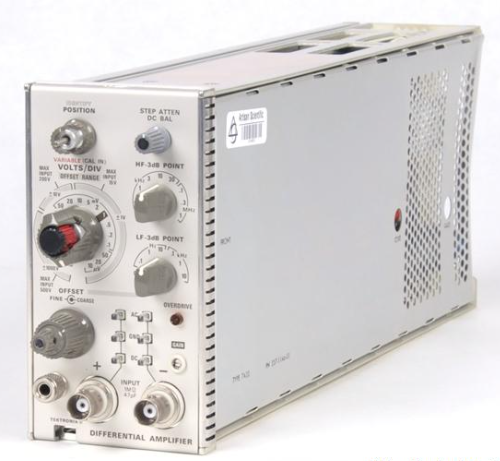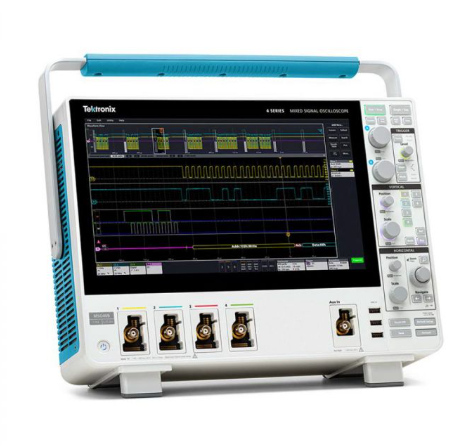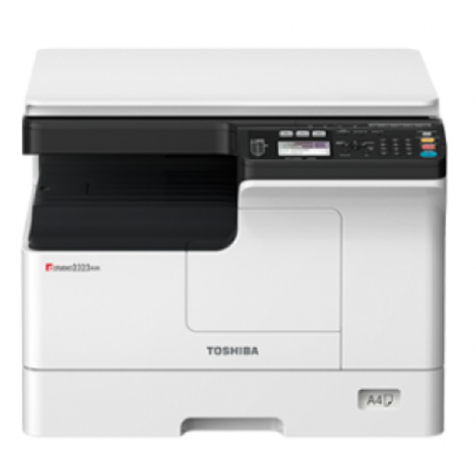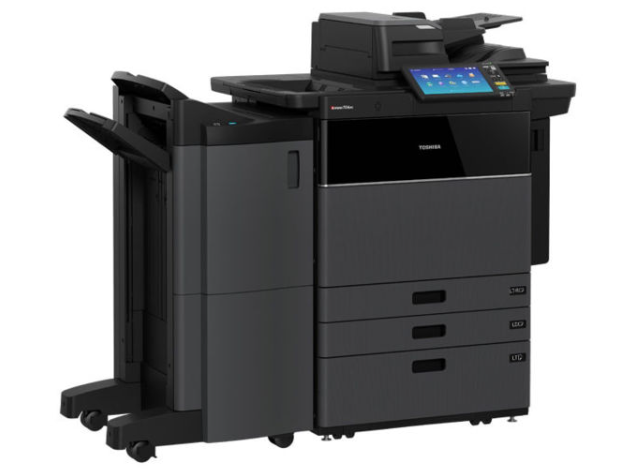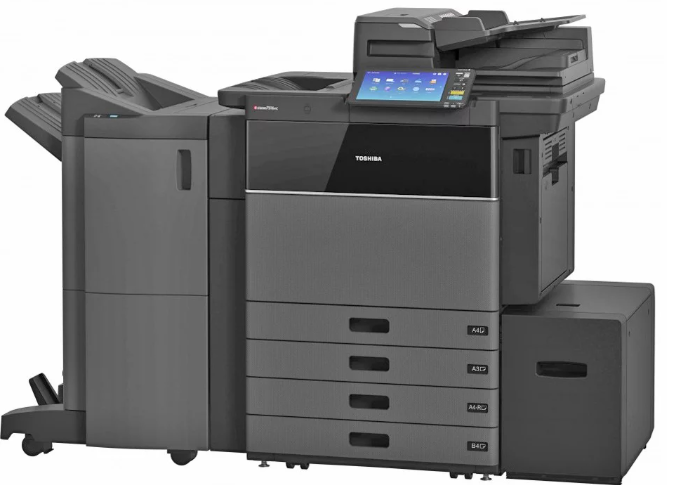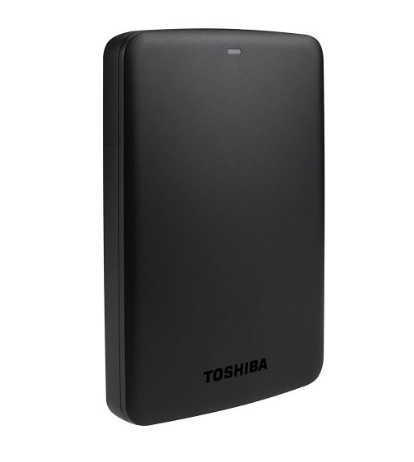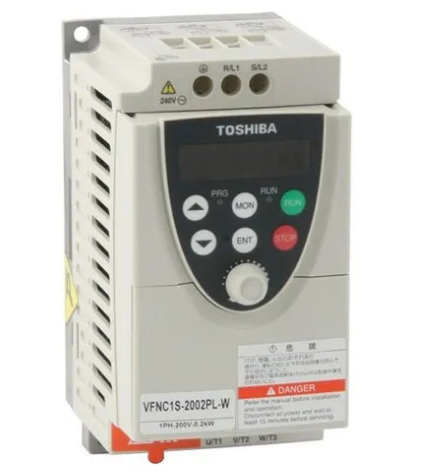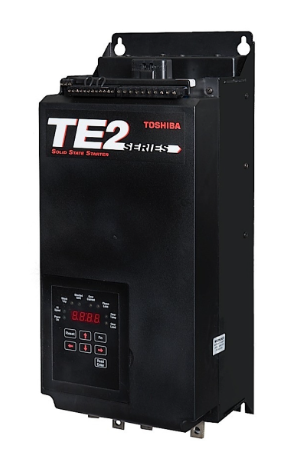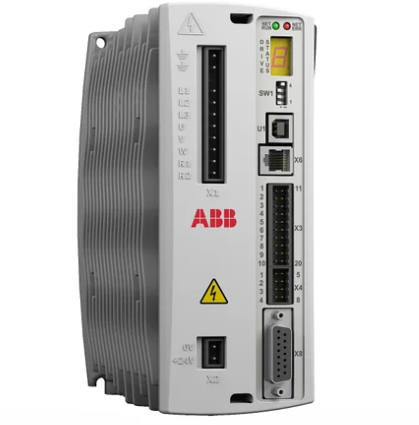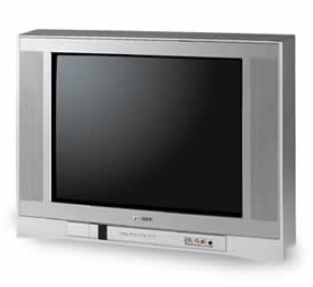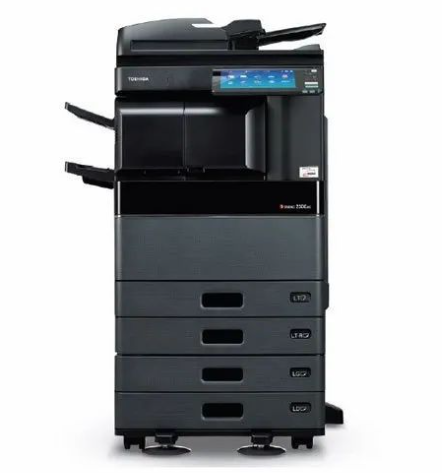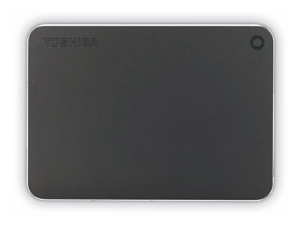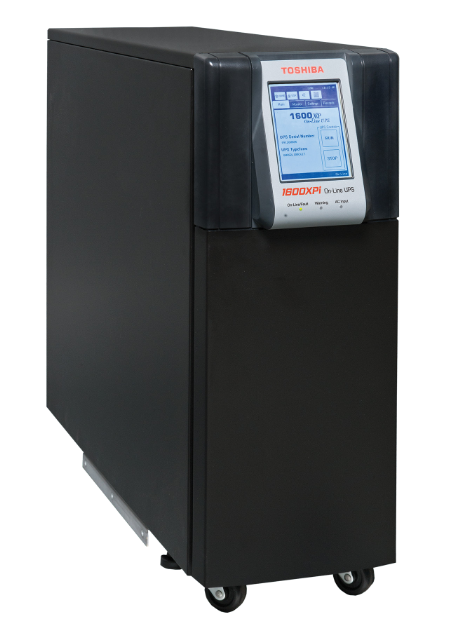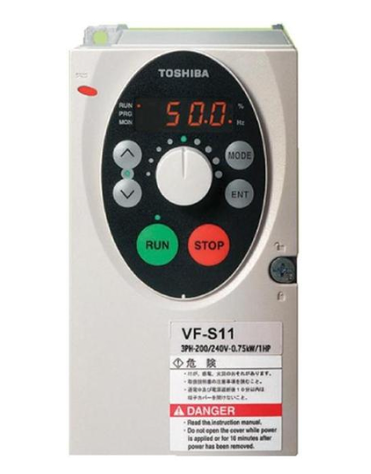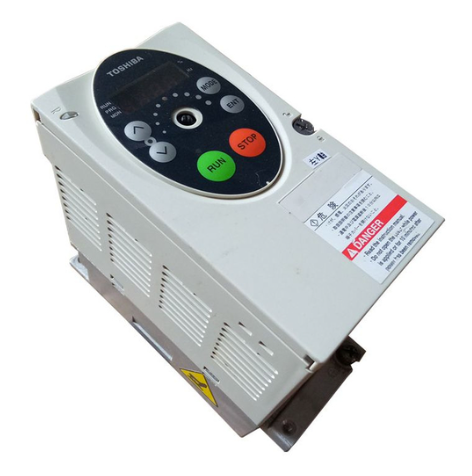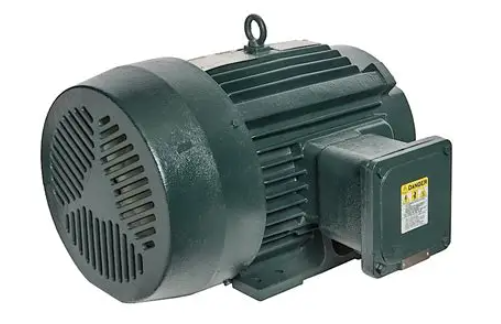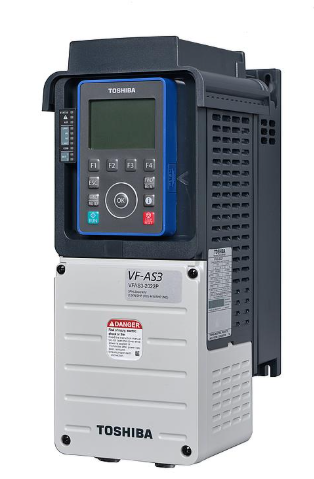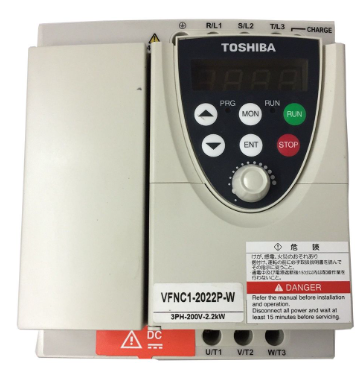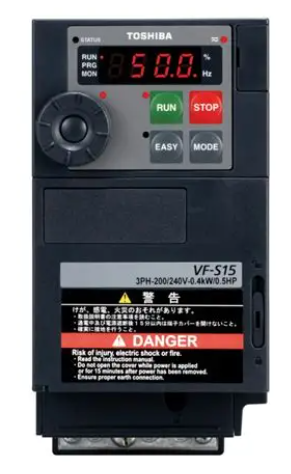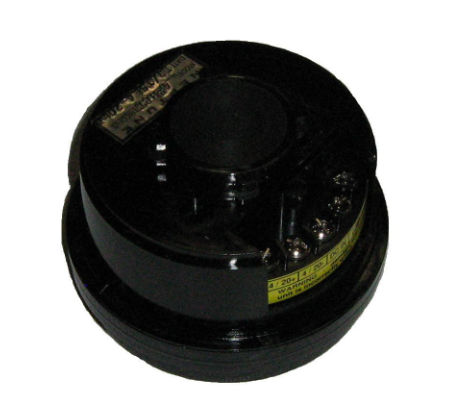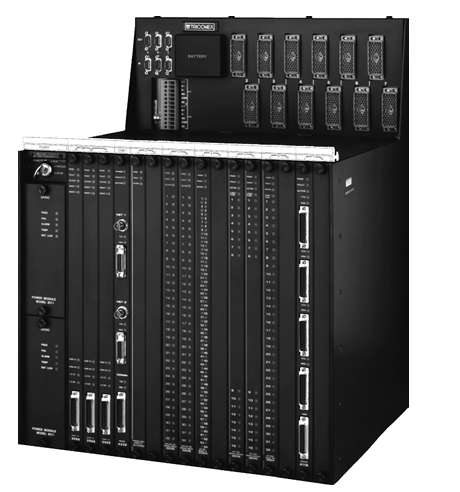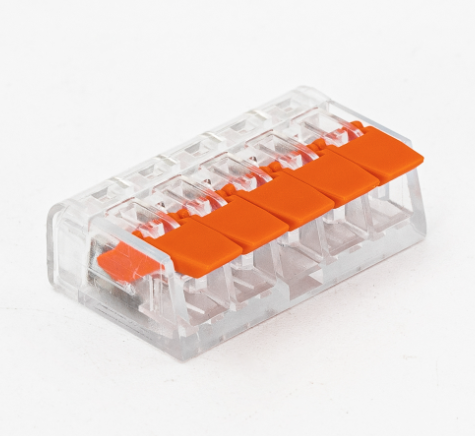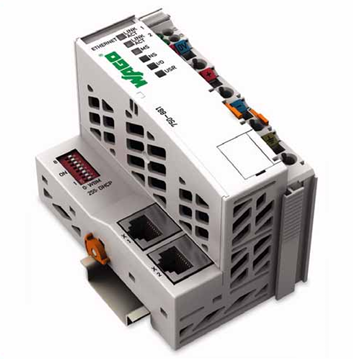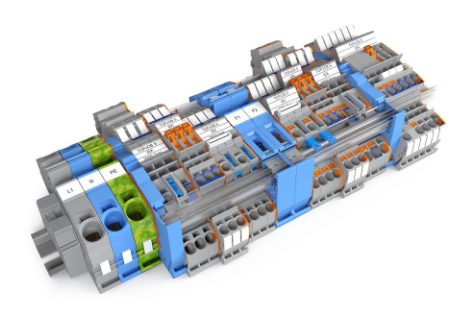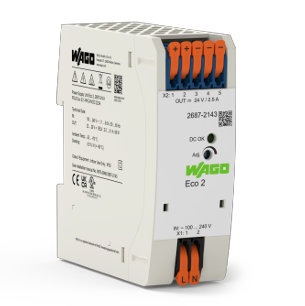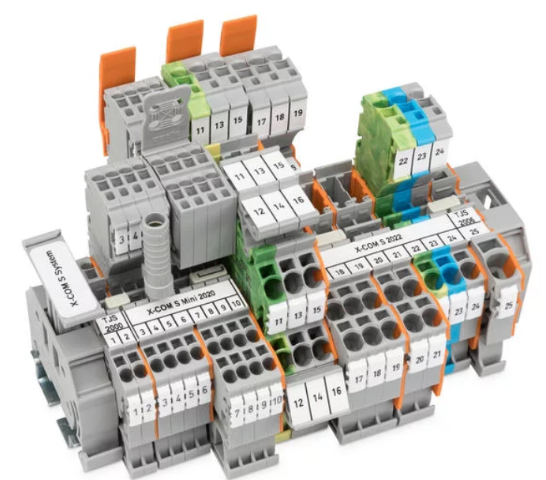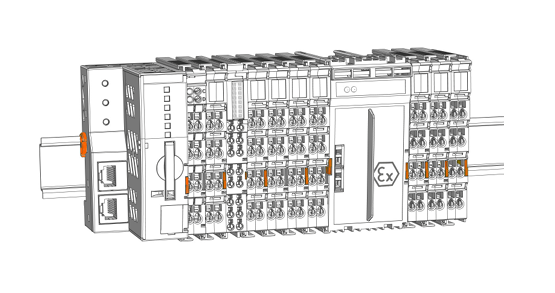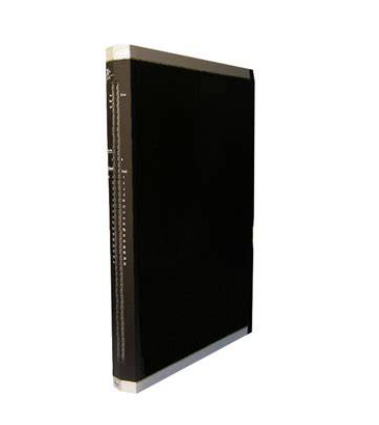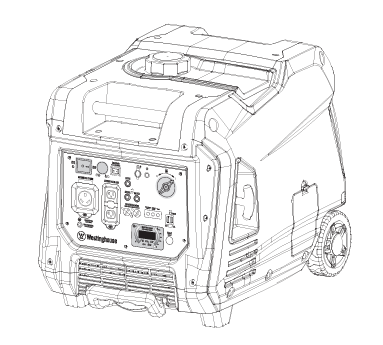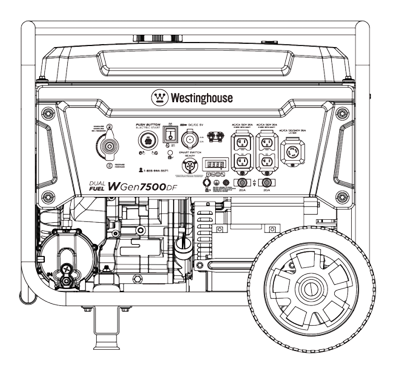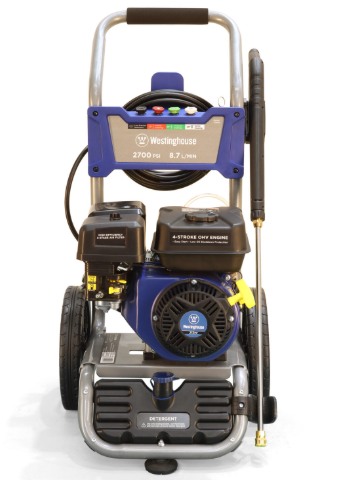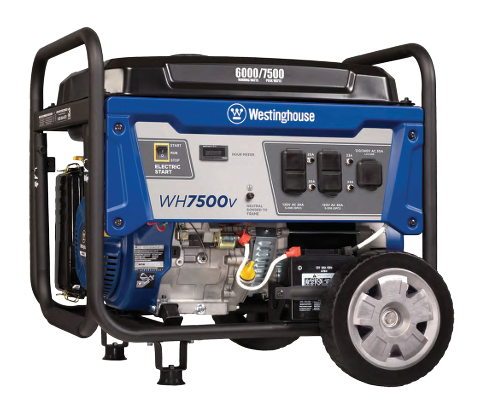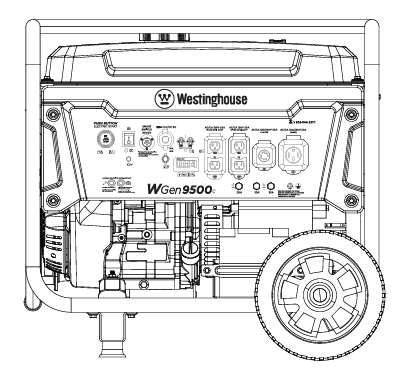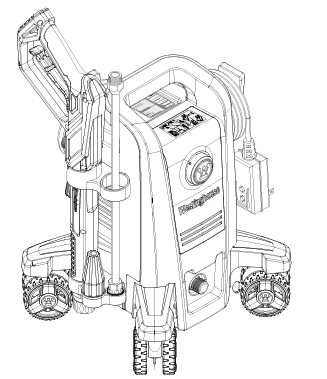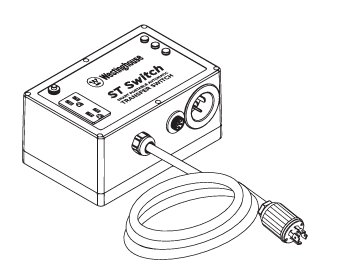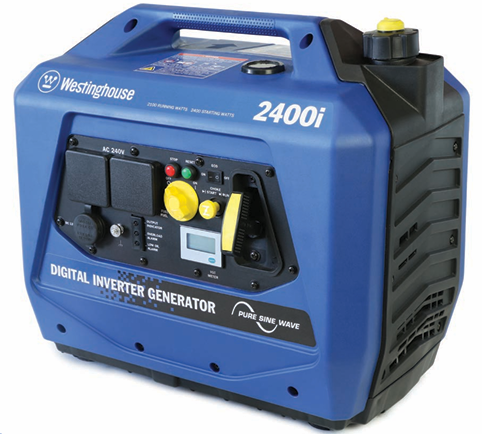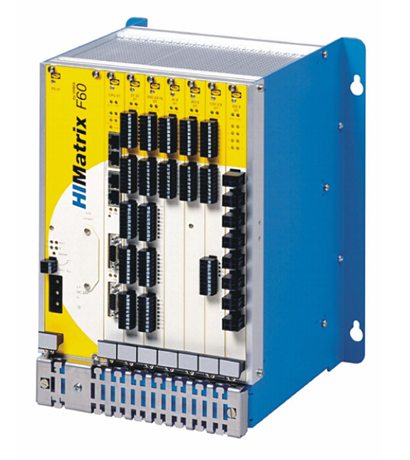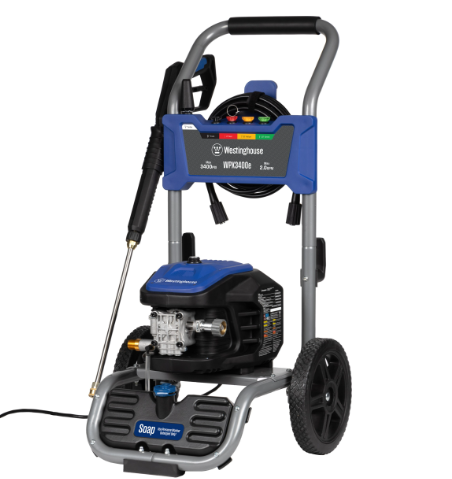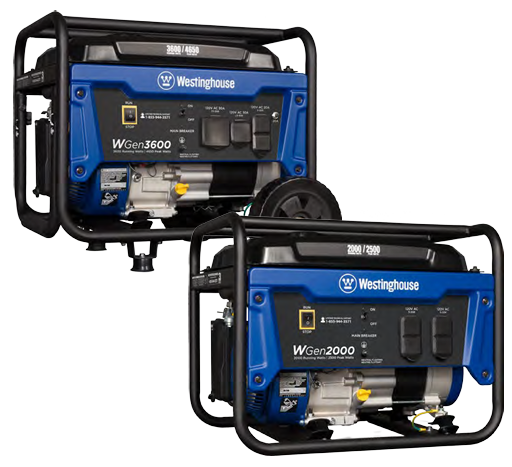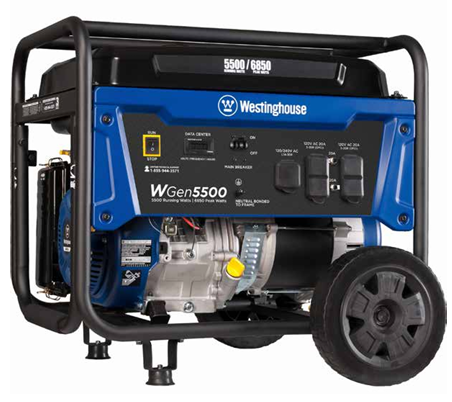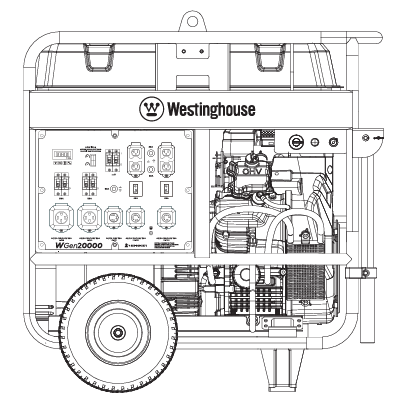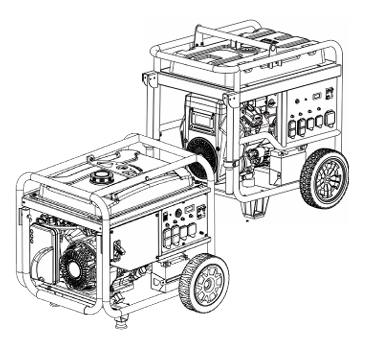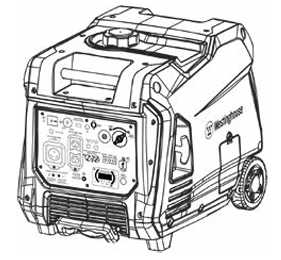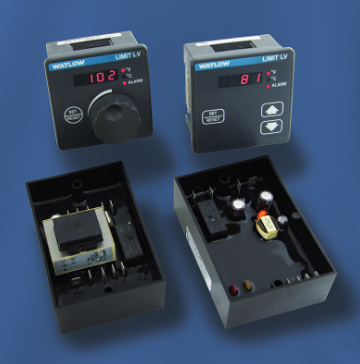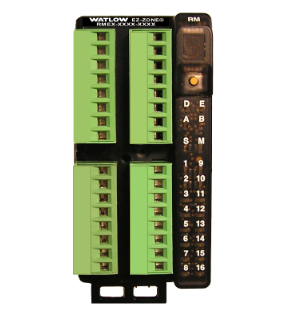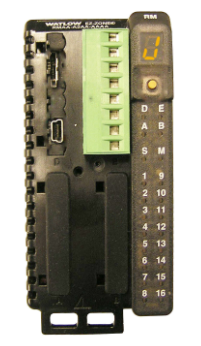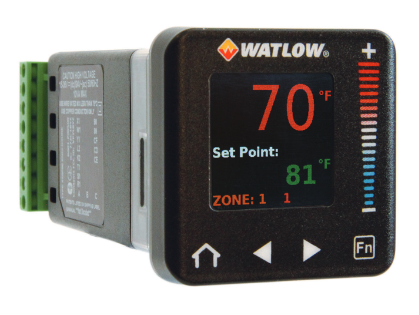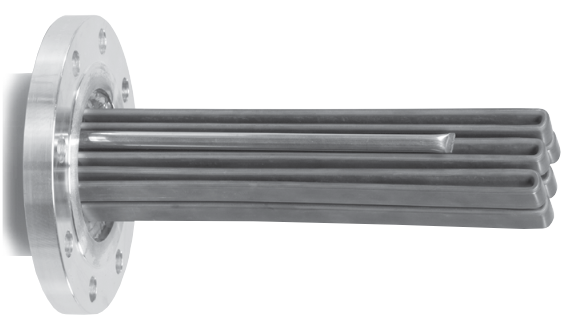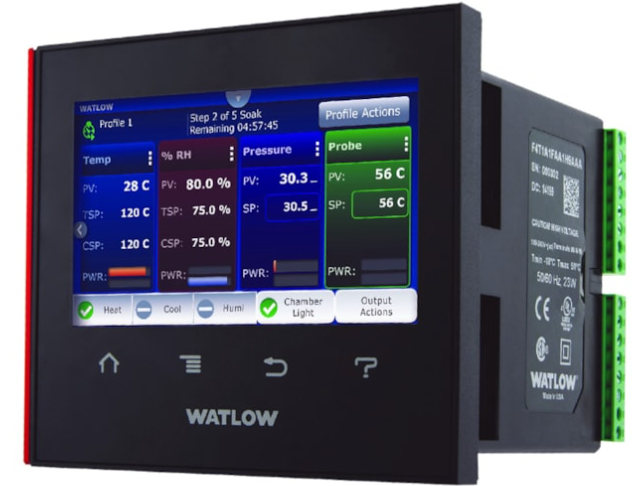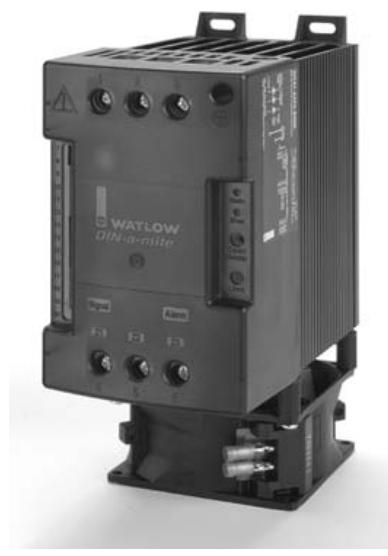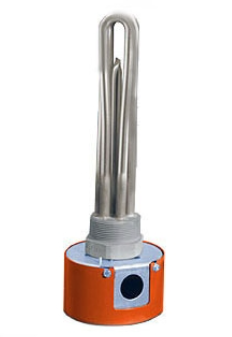

K-WANG


- Telephone:+86-15305925923
- contacts:Mr.Wang
- Email:wang@kongjiangauto.com
ABB PGM48 Rack PGM 48 H&B Contronic
Functional Characteristics
Strong logic operation ability: It can perform many kinds of logic operations, such as basic logic operations of and, or, non, different or, etc. It can also realize complex logic functions, such as timer, counter and comparator. Through these logic operations, the input signal can be processed and judged, and the control signal can be output according to the preset logic rules to realize the precise control of industrial equipment and production process.
Rich input and output interfaces: usually with multiple digital input and output channels, the input channel can receive digital signals from sensors, switches and other devices, and the output channel can control relays, contactors, solenoid valves and other actuators. Some models may also have analog input and output interfaces to meet more complex control needs.
High configurability: Users can flexibly configure the module according to specific application requirements, including the definition of channel functions, parameter settings for logic operations, and the selection of communication protocols. Configuration can be carried out through special programming software or human-machine interface, which is convenient for engineers to adjust and optimize according to the actual situation on site.
Powerful communication function: It supports a variety of communication protocols, such as Infi 90 and Net 90, etc., and can easily exchange data and communicate with other devices. It can form a complete industrial automation network with other ABB control systems, PLCs, HMIs and other devices to realize remote monitoring, centralized control and distributed control.
Technical Parameters
Input and output characteristics
Number of Input Channels: Generally there are 8, 16 or more digital input channels, which can meet the demand of different scale control systems for input signal acquisition.
Number of Output Channels: Usually there are multiple output channels, matching the number of input channels or different according to specific models, to ensure effective control of the corresponding equipment.
Input and Output Signal Levels: The input signals are usually compatible with common digital level standards such as TTL, CMOS, etc. The output signal levels can be flexibly configured according to the connected external devices, and generally can provide either high-level or low-level valid output signals.
Electrical Characteristics
Operating voltage: Generally powered by DC power supply, the operating voltage range is usually between 12V and 24V DC, adapting to the common power supply in the industrial field.
Power Consumption: Under normal operating conditions, the power consumption is relatively low, generally between a few watts and a dozen watts, reducing the system's energy consumption and heat dissipation needs.
Communication Parameters
Communication protocol: It supports industrial Ethernet protocols such as Infi 90 and Net 90, with high communication rate, which can meet industrial automation control occasions with high real-time requirements.
Communication interface: Usually equipped with Ethernet interface to facilitate wired network connection with other devices, and may also support wireless communication function to adapt to different application scenarios.
Application Scenarios
Industrial automation production line: In the automation production line, it is used to realize the logic control and interlock protection of various equipments. For example, in the automobile production line, it receives the sensor signals from each station, such as the signal of parts in place, fixture clamping signal, etc., and controls the robot's movement, start and stop of the conveyor line after logic operation to ensure the efficient and stable operation of the production line.
Process control system: In the process control system of chemical industry, electric power, water treatment, etc., it is used to realize the logic judgment and control of process parameters. For example, in the chemical reaction process, according to the temperature, pressure, flow and other parameters of the measured value, through the logic operation to control the opening of the control valve, pump start and stop, etc., to ensure the safety and stability of the production process.
Intelligent building control system: In intelligent buildings, it can be used to realize the logic control and automation management of lighting system, air-conditioning system, elevator system and so on. For example, according to the light intensity, personnel activities and other factors, automatic control of the lighting switch and brightness; according to the indoor and outdoor temperature, humidity and other parameters, automatic adjustment of air conditioning operation status, to achieve energy saving and comfortable indoor environment.
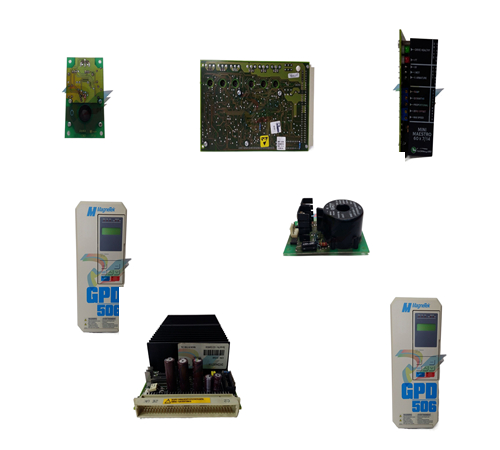
| User name | Member Level | Quantity | Specification | Purchase Date |
|---|






